The Dutch Golden Age of painting is often celebrated for its luminous still lifes, meticulous portraiture, and dramatic chiaroscuro. Yet hidden within these masterpieces lies an untold story of economic transformation—one where cows, milkmaids, and pastoral landscapes became unlikely symbols of a brewing agricultural revolution. The rise of dairy farming in the 17th-century Netherlands didn’t just reshape the countryside; it seeped into the very pigments of canvases, turning artists like Paulus Potter and Aelbert Cuyp into unwitting chroniclers of a quiet but profound upheaval.
When cattle became currency, the Dutch Republic was already a global trading powerhouse. But while spices and silks flowed through Amsterdam’s ports, a more mundane commodity was fueling domestic prosperity: milk. Unlike their European neighbors who prioritized meat production, Dutch farmers pioneered intensive dairy farming, achieving yields per cow that bordered on the miraculous. This agricultural efficiency found its way onto canvases through obsessive details—the dappled sunlight on a cow’s flank, the precise rendering of udders, the geometric perfection of grazing pastures. These weren’t merely artistic choices; they were boasts of national achievement.
The symbiotic relationship between art and agriculture reached its zenith in butterfat economics. Dairy products accounted for nearly 20% of the Republic’s agricultural output by 1650, with butter becoming a de facto currency in rural transactions. Painters captured this reality through subtle symbolism—a gleaming copper milk pail placed prominently in a farmhouse scene might represent a family’s wealth, much like a merchant’s ledger in a portrait of Burgher elites. Even the celebrated Dutch light so prized by artists may have owed something to dairy culture—the proliferation of glass windows (a luxury elsewhere) in Dutch farms was made possible by the steady income from cheese exports.
Behind the pastoral idyll lurked cutting-edge innovation. The famous Dutch cows depicted with almost portrait-like individuality were products of selective breeding programs that would later inspire British agricultural reformers. Windmills dotting landscape paintings weren’t just picturesque—they powered early mechanical butter churns. Perhaps most strikingly, the immaculate barn interiors shown in genre scenes reflected revolutionary hygiene standards that reduced bovine mortality by half compared to neighboring regions. Artists documented these advancements not as clinical records, but through warm domestic scenes where the tools of dairy production became characters themselves.
This bovine renaissance left enduring marks beyond art. The protein-rich Dutch diet, enabled by abundant dairy, may explain the startling increase in average height—Dutch men grew nearly two inches during the Golden Age while much of Europe stagnated. The economic stability provided by dairy exports created a rare phenomenon: a pre-industrial society where farmers could afford art, creating demand for the very paintings that celebrated their livelihoods. In a delicious irony, the wealth generated by real cows helped fund paintings of idealized ones, completing a circle of cultural and economic feedback that still resonates today.
Modern viewers admiring these works in museums rarely grasp their radical subtext. What appears as bucolic tranquility was actually a visual manifesto of proto-capitalist agrarian reform—one where the humble dairy cow became both economic engine and artistic muse. The next time you stand before a Vermeer or a Ruisdael, look beyond the light playing on Delftware or cloudscapes. Notice instead the quiet revolution in the pasture, where contented cattle chew their cud amid the birth of modern agriculture.

By /Aug 12, 2025
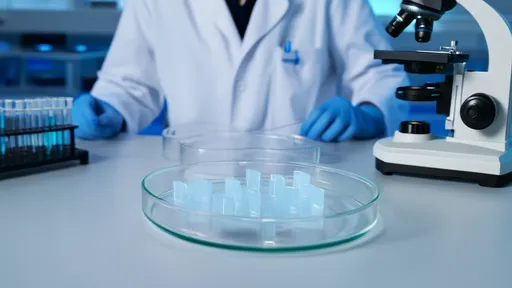
By /Aug 12, 2025
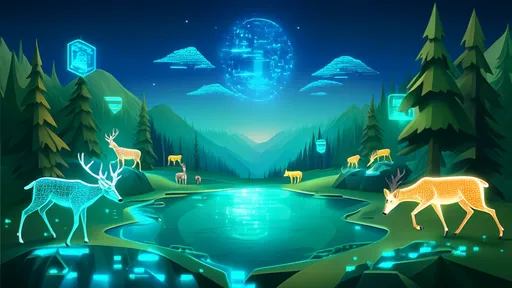
By /Aug 12, 2025
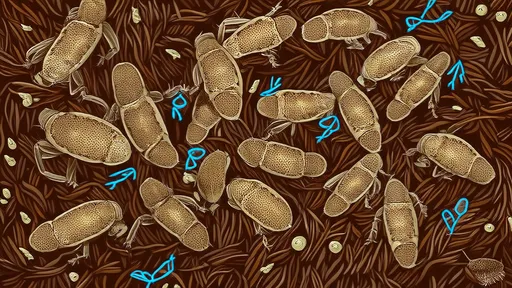
By /Aug 12, 2025
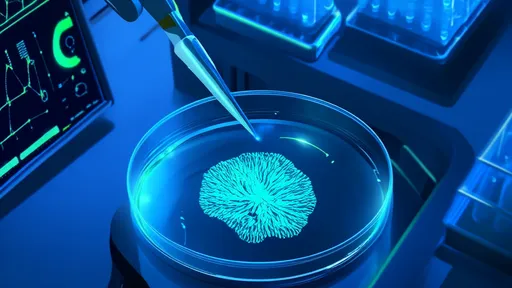
By /Aug 12, 2025
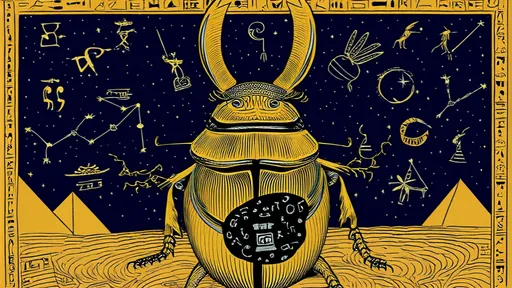
By /Aug 12, 2025
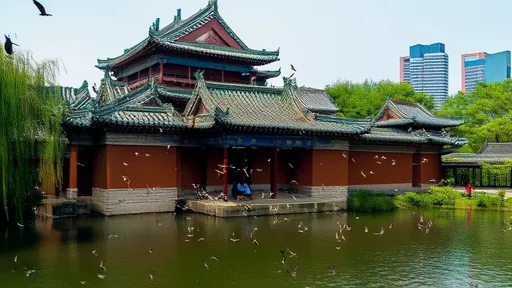
By /Aug 12, 2025
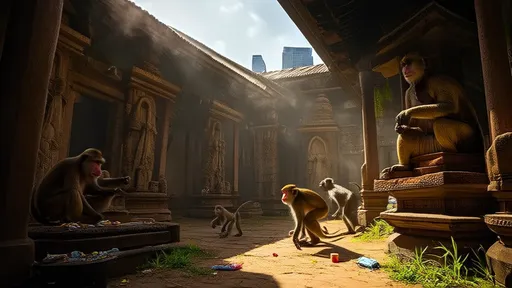
By /Aug 12, 2025
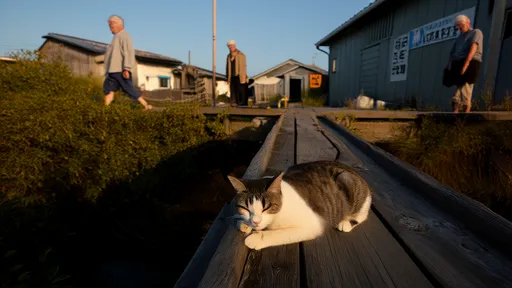
By /Aug 12, 2025

By /Aug 12, 2025
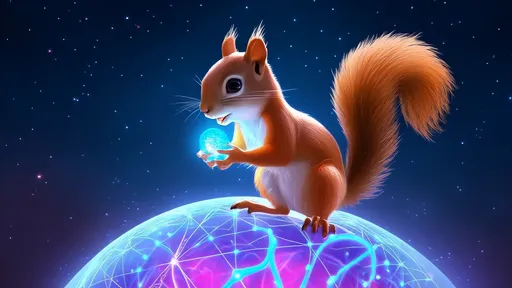
By /Aug 12, 2025
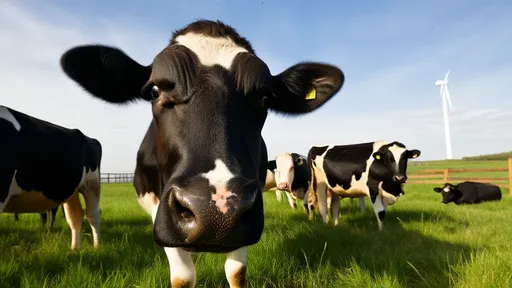
By /Aug 12, 2025
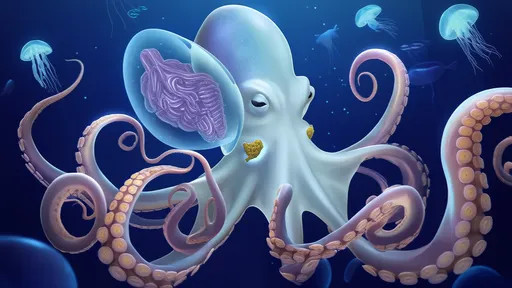
By /Aug 12, 2025

By /Aug 12, 2025
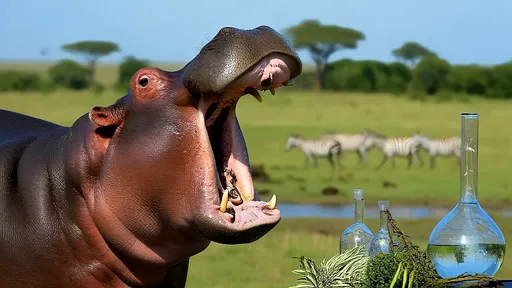
By /Aug 12, 2025
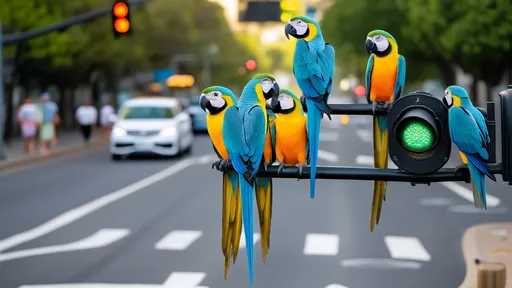
By /Aug 12, 2025

By /Aug 12, 2025
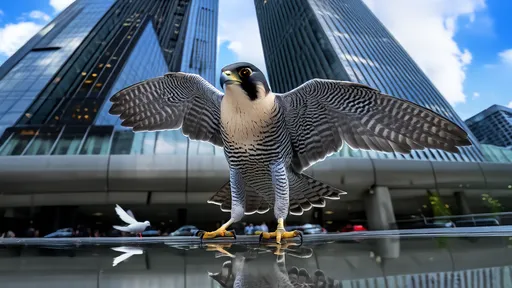
By /Aug 12, 2025
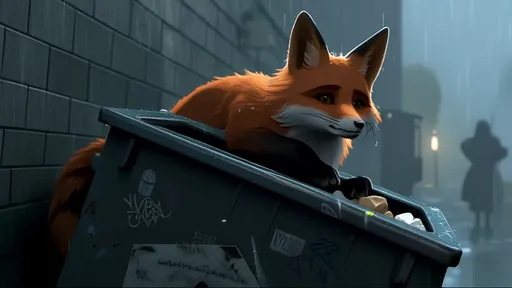
By /Aug 12, 2025
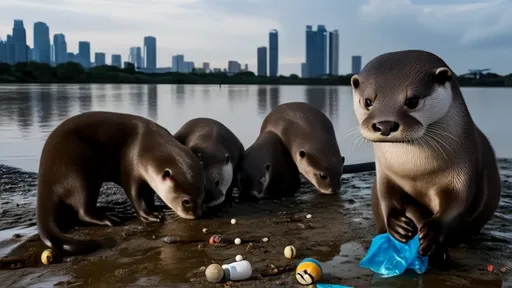
By /Aug 12, 2025